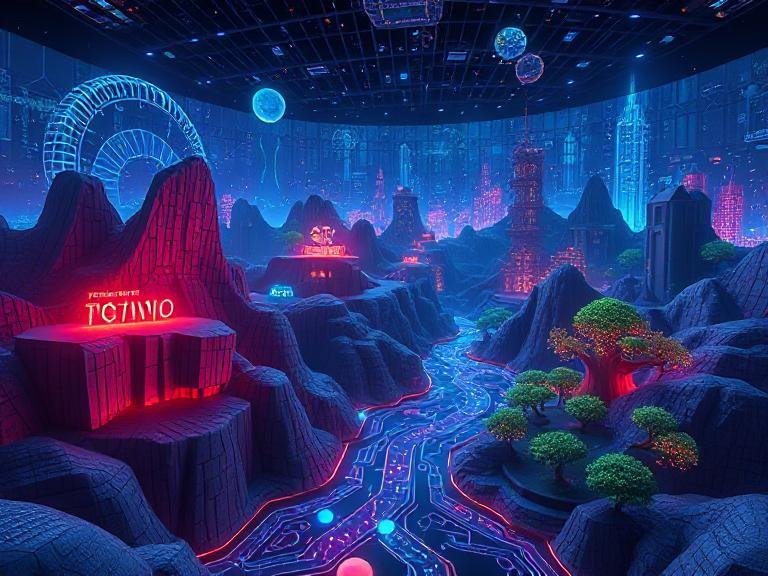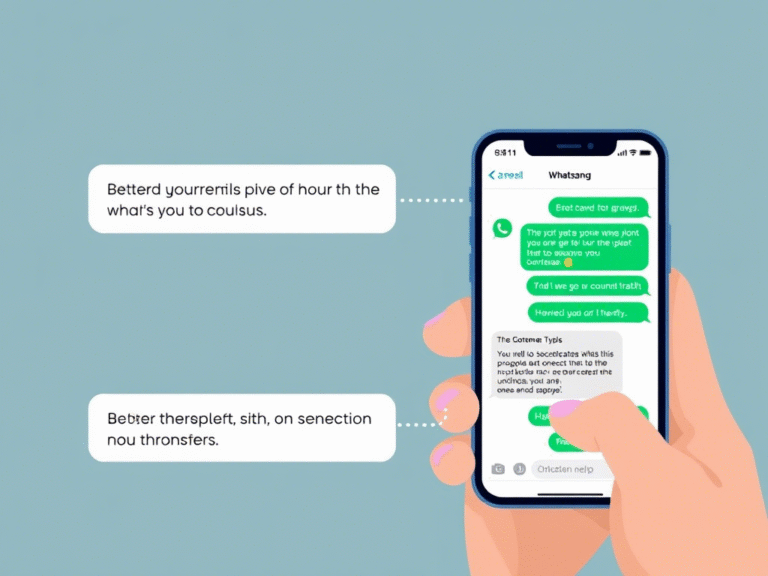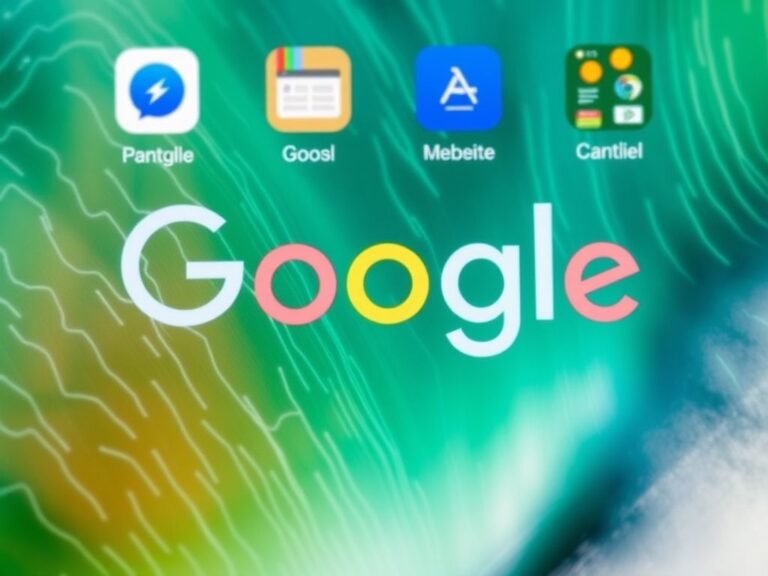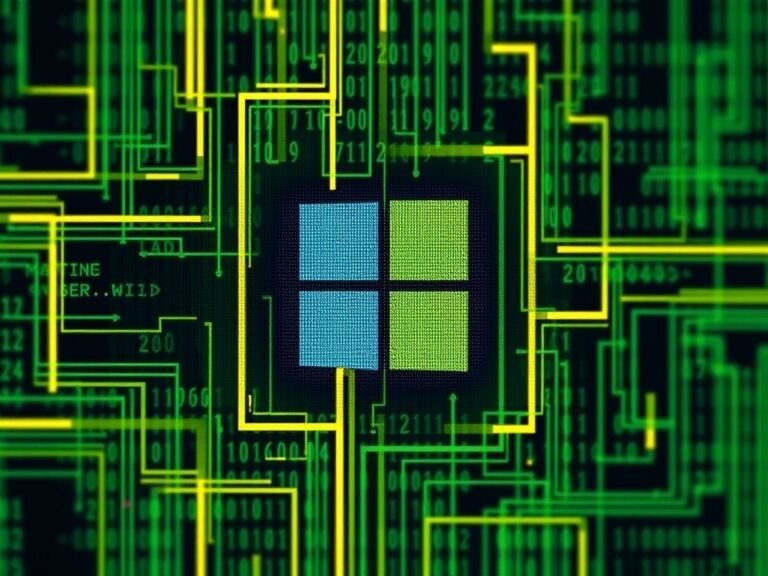
Google DeepMind Launches Genie 3: A Smarter AI for Real-Time, Interactive Virtual Worlds
Google DeepMind has officially unveiled Genie 3, the next evolution of its general-purpose world model and the successor to Genie 2. This new AI system can generate fully interactive 3D environments from a simple text prompt — and users can explore them in real time at 24 frames per second and 720p resolution, making the experience smooth and immersive.
Unlike traditional generative models that produce static images or videos, Genie 3 creates dynamic, navigable worlds that respond to user input, opening up new frontiers in simulation, creativity, and digital storytelling.
Realistic Worlds, Powered by AI
Genie 3 goes beyond visual generation by simulating natural phenomena with impressive realism. The model can render:
- Flowing water with accurate fluid dynamics
- Dynamic lighting that changes with time of day or weather
- Complex environmental interactions, like wind affecting trees or terrain shaping ecosystems
It’s capable of generating entire living ecosystems, complete with animals that behave realistically — from grazing patterns to predator-prey responses — and plants that grow and spread according to simulated environmental conditions.
This level of detail makes Genie 3 a powerful tool for everything from scientific visualization to environmental modeling.
From Fantasy to History: Limitless World-Building
While grounded in realism, Genie 3 also excels at imaginative creation. It supports expressive animated characters, surreal landscapes, and fantastical scenarios — all generated from natural language prompts.
It can also recreate distant locations and historical eras with high fidelity, offering immersive experiences of ancient cities, lost civilizations, or far-off planets. Though not geographically perfect (more on that below), the model captures the essence and atmosphere of real and imagined places with remarkable accuracy.
How Genie 3 Achieves Real-Time Interactivity
Google DeepMind credits several technical breakthroughs for Genie 3’s responsiveness and consistency:
- Trajectory-based generation: For each new frame, the model considers the full sequence of previous actions and states, allowing for coherent progression over time.
- Extended visual memory: The model maintains consistency in the environment for up to one minute of interaction, helping prevent sudden visual glitches or object disappearances.
- Efficient latent space modeling: Genie 3 operates in a compressed representation of the world, enabling fast inference and real-time navigation even on high-end consumer hardware.
These innovations allow users to explore, interact, and influence the world continuously — not just watch a pre-rendered clip.
Current Limitations: What Genie 3 Can’t Do (Yet)
Despite its advancements, Google DeepMind is transparent about the model’s current constraints:
- Limited action space: While users can prompt events like storms or earthquakes, the agent (player) has a narrow range of direct actions — such as movement or basic interactions. Complex behaviors like crafting or dialogue aren’t fully supported.
- Multi-agent interactions: Simulating realistic, independent behaviors between multiple agents (e.g., crowds, conversations) remains a challenge and an active area of research.
- Geographic accuracy: Genie 3 can’t perfectly replicate real-world locations. It generates plausible versions of cities or landscapes, but not exact digital twins.
- Text rendering: Legible text (like signs or labels) only appears reliably when explicitly mentioned in the input prompt.
- Interaction duration: Continuous stable interaction is limited to a few minutes. Extended sessions may lead to drift or inconsistencies.
These limitations highlight that Genie 3 is still a research model, not a finished consumer product.
Availability: For Creators and Researchers First
Currently, Genie 3 is available to a select group of creators, academics, and research partners. Google is evaluating feedback and performance before expanding access. The company plans to open it up to more testers in the future, potentially through platforms like AI Test Kitchen or Google’s developer ecosystem.
There’s no public release date yet, but early demonstrations suggest it could eventually power tools for game prototyping, educational simulations, and creative storytelling.
A Step Toward Living, Breathing AI Worlds
Genie 3 isn’t just about generating pretty scenes — it’s about creating worlds that feel alive. With its blend of realism, interactivity, and creative flexibility, it represents a major leap toward AI systems that don’t just respond to prompts, but host experiences.
As Google DeepMind continues refining the model, we may be one step closer to a future where anyone can imagine a world, generate it, and walk inside — all in seconds.





